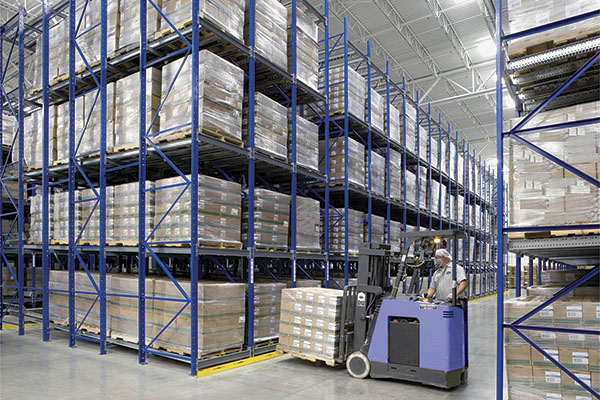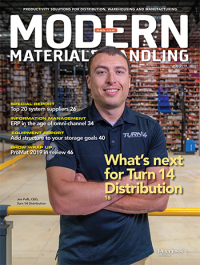Add structure to your warehouse storage goals
Racks are not immune to the constant pressure to adapt, but alterations can present just as many opportunities for risk as reward.
As materials handling operations strive to become more flexible, they take great pains to refine processes to avoid operational risk. Unfortunately, the fear of a symbolic collapse often overshadows the very real threat of poor, damaged or insufficient racking. Some operations might introduce the risk themselves by removing or altering beams, mixing new rack with used, or ignoring the constant buildup of seemingly minor dings and dents.
Raymond Weber, eastern regional manager for Steel King Industries, says the industry has laggards with old, damaged rack and product stored helter-skelter, and leaders with robust enterprise-wide rack standards and compliance programs. But, in the middle sits the majority of rack users, where a mix of foresight and frugality has muddied understanding of their own rack usage.
“The middle recognizes how rack impacts their operation, but they think if it’s still standing the next day they’re doing a good job,” Weber says. “As damage adds up and throughput is limited, they don’t realize they’re costing themselves money. They buy rack and it’s ‘one and done.’ They never look back to improve.”
Others do look back to make changes, but still fail to improve. Carlos Oliver, president of Frazier Industrial, says rack users frequently take it upon themselves to make drastic alterations in the name of productivity.
“It’s common to have beams 5 feet off the floor, then they decide later they want to double stack,” Oliver says. “So they take that 5-foot beam out and don’t even know they have made their facility much less safe. What seems to be happening is that customers are not aware they should review any changes to shelf beam locations.”
To be fair, rack users aren’t taking hacksaws to their uprights, and sellers of used rack are not trying to get away with anything. The current regulatory landscape for rack is simply ill-defined—for now. Dave Olson, national sales and marketing manager for Ridg-U-Rak, says the recent surge in reconfiguration projects will likely prompt more oversight.
“The used rack market is very loosely controlled today, but I don’t see the government backing off,” Olson says. “Take the number of things we have to go through to get official approval for a new rack system, then compare it to the requirements for a used one. It’s fairly unpoliced, but that’s changing. There’s a lot of movement in the industry to get our arms around this.”
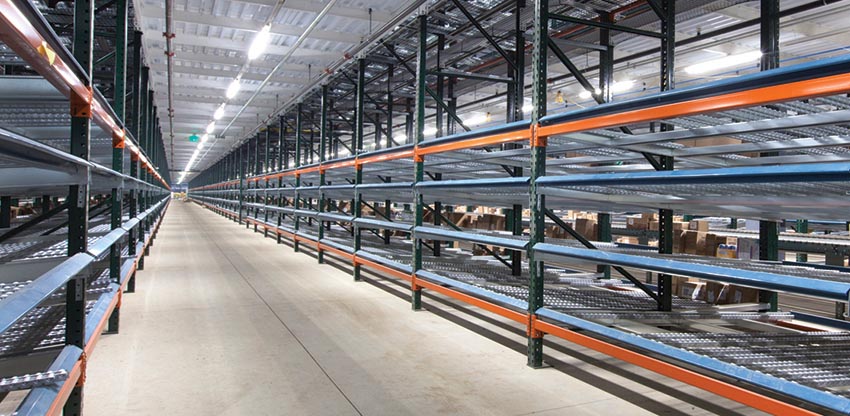
It’s a common misconception that racking is like shelving and can be put up, taken down, moved, sold or altered at any time.
Defining the space
Olson points to the impact of e-commerce on rack trends. There’s still plenty of 100% selective rack, but he notes many in retail segments are being supplemented with pick modules for order fulfillment and e-commerce. An increased amount of automation, picking systems and conveyor systems driven by online business has a significant impact on rack designs.
“With e-commerce exploding, people finally recognize that just because they have a warehouse that handles their current business, they can’t just plug and play to get into online business,” Oliver says. “You need different, all-new facilities for e-commerce.”
Norm Saenz, managing director at St. Onge Co., says single-deep rack still dominates the market as the most flexible rack type. However, he says two- or three-deep pushback rack is increasingly popular for many clients, in addition to pallet flow rack two- to four-deep or more. These rack types provide a denser rack design for better use of storage space, but Saenz recommends considering “the honeycombing factor.”
“The denser rack types like drive-in, pushback and pallet flow have an increased chance for unusable storage positions within the rack structure,” Saenz explains. “In any rack design, users can’t forget about preventing that lost storage space.”
Speaking of prevention, Saenz says upright protectors are not used in enough warehouses to shield rack from lift truck impacts. The result, he says, is many facilities are operating with damaged rack and potentially unsafe conditions. At the other end of the uprights, local codes specify height clearances ranging from 18 inches to 38 inches, which can spell the difference between fitting one more level of storage.
Expensive real estate is driving demand for taller buildings and rack systems, which are sometimes as high as 120 feet. Lift truck makers have steadily increased maximum operating heights in support of the trend, and automated storage systems make up the difference.
“High-tech is exciting,” Weber says. “Rack-supported buildings, storage and retrieval with cranes, pallet moles, it’s all exciting because no matter how product moves, you still have to park and store it. You still need rack, which plays an integral role in automation.”
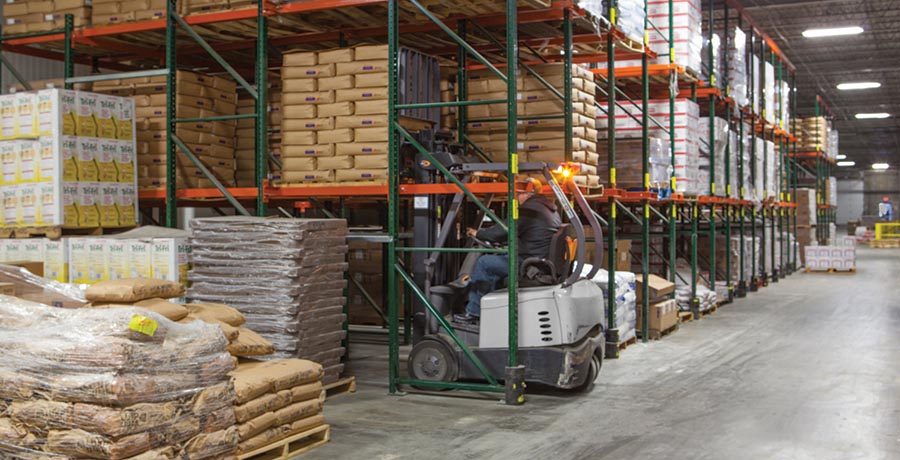
The regulatory landscape for used racking is closer to the Wild West than state-of-the-art, but due diligence can reduce risk.
Seismic shifts
As it turns out, not all flexibility is market-driven. The Loma Prieta earthquake inspired much of the current rack specifications. Originally, in the 1940s and 1950s, rack had been classified as office furniture, Weber says. Over the years, rack systems became taller, more sophisticated and more integral to warehousing and distribution operations.
“Now they’re part of the building code, so they are now a more serious element of operations, whether or not people treat it as such, Weber says. I don’t know how long it will take for the industry to weed out that old school thinking, but either they’ll try to stay competitive or they’ll wake up one day to see the doors close.”
Because rack is part of the building code, Weber says it has to be specifically rated for the site and work profile. Then, there is a regulatory curveball. Because of the “last known event” provision, the code is immediately updated to reflect any seismic activity in the area.
“What was good yesterday isn’t today because there was a nearby earthquake, however minor,” Weber says. “A 2.2 quake in Tennessee might be a non-issue operationally, but it changes the code and increases the design criteria for any future rack installations in the area.”
As a result, Olson says some retailers with large networks are trying to standardize, buying nothing but the top-rated seismic rack so they can relocate assets around the country with ease.
That’s an extreme form of risk mitigation, but Olson says one of the first steps for many companies is to dispel the idea that “rack is shelving. Take it down, put it up, it’ll be fine.” Users need to think about the long term, he says. Are they likely to reconfigure rack at some point? Do they want flexibility so they don’t have to buy new rack soon? What are the maximum loads and maximum beam level spacing?
“If you plan ahead to spend 50% more for the vertical frame, you can reconfigure later with a high likelihood you will not have to tear down that vertical frame,” Olson says. “You pay a little more on the front end, but it will buy you a lot of flexibility in years to come.”
According to Olson, many procurement people are evaluated on rack they buy today without accountability when the company has to tear it down in 10 years. On the other hand, he sees a growing number of customers purchasing rack with specific plans to reconfigure, take down or replace it in five years. Or, they might show a three-level pick module in the capital budget, but they’re only building one for now.
Another wildcard has stimulated the rack market. Like the entire materials handling industry, Frazier’s Oliver says, rack companies are benefiting tremendously from the new tax guidelines.
“Our sales are up 30% in two years,” Oliver says. “By accelerating depreciation to one year, it has put capex to the top of customers’ to-do list.”
A thousand pounds foolish
With an incentive to spend, many will look to the used rack market for the best bang for the buck. Used rack can be a cost-effective and timely way to expand or reconfigure operations, but it can also introduce risk. As a consultant, Saenz advises a healthy dose of caution.
“Used rack is available but not the easiest route to take,” he says. “The exact rack needed can be hard to find and the quality can be suspect. For basic pallet rack, it can be an option. For pick modules and other structural design needs, new rack is recommended.”
Oliver also emphasizes that well-meaning companies can quickly find themselves exposed to risk if they are not completely thorough. Used rack might have an engineering stamp on a theoretical frame design, Oliver says, meaning it’s accurate on paper. But, whether or not the actual product is slightly damaged, somebody other than a rack engineer is making the decision on whether it works.
“They purchase the remains of a 10-year-old system, cut the bases off, paint it, do a lot of customization and get an engineering stamp,” Oliver says. “To do it right, the engineer of record should be looking at the product and separating good from bad. For each beam, approve it, request a repair or throw it away. Nobody is doing that.”
Oliver estimates rack collapses drive three new customers per year to Frazier. In addition to damaged or insufficient rack, common culprits include repair kits and the commingling of rack products. Guidelines released by the Rack Manufacturers Institute (RMI) spell out how to avoid some honest mistakes. Just because one type of rack looks like another and is compatible does not mean it’s interchangeable.
“If you’re dealing with an RMI member company, you will get this level of analysis and support,” Oliver says. “If you go to Bob’s welding shop, I don’t know what to tell you.”
Companies mentioned in this article:
Warehouse Storage Products and Accessories
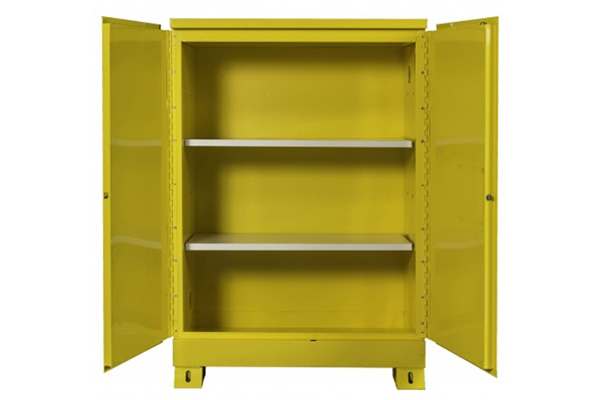 Crescent JOBOX storage cabinets
Crescent JOBOX storage cabinets
Store flammable materials safely.
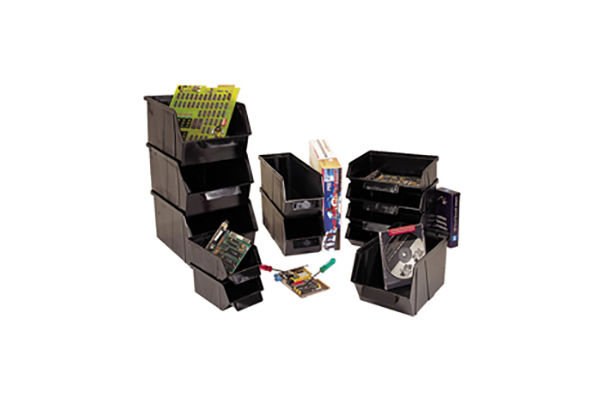 Conductive Bins
Conductive Bins
Storage bins protect electrical components.
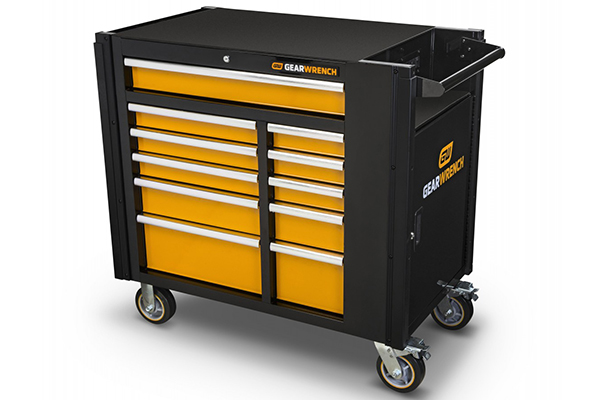 Gearwrench mobile workstation
Gearwrench mobile workstation
Workstation created for plant maintenance use.
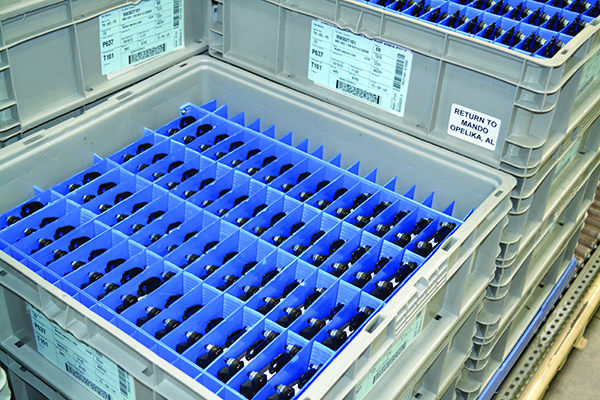 SchaefGuard dunnage product line
SchaefGuard dunnage product line
Protect contents of containers with reusable dunnage.
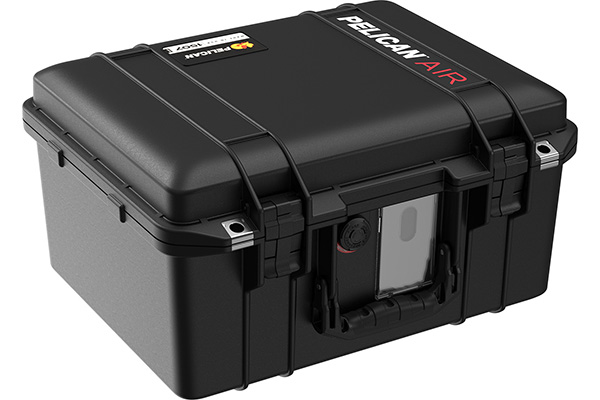 1507 Air Case
1507 Air Case
Protect sensitive parts with durable case.
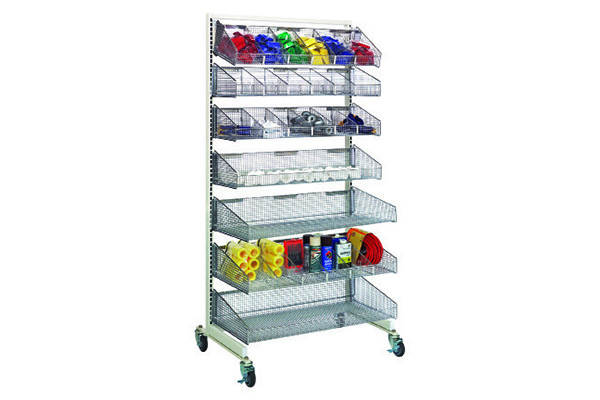 Mobile Partition Wall Cart
Mobile Partition Wall Cart
Adjust shelf baskets to handle products.

Article Topics
Racks & Shelving News & Resources
Steele Solutions showcases advanced structural steel platforms and materials handling chutes Frazier shows Pallet Spacing System and Method Steel King Industries announces strategic collaboration with Automha Americas Nucor discusses future rack project Toyota Material Handling receives Manufacturing Excellence award for Community Impact Conventional warehousing update 60 Seconds With Kevin Curry, industry veteran More Racks & ShelvingLatest in Materials Handling
Geek+ and System Teknik deploy PopPick solution for pharmacy group Med24.dk Beckhoff USA opens new office in Austin, Texas Manhattan Associates selects TeamViewer as partner for warehouse vision picking ASME Foundation wins grant for technical workforce development The (Not So) Secret Weapons: How Key Cabinets and Asset Management Lockers Are Changing Supply Chain Operations MODEX C-Suite Interview with Harold Vanasse: The perfect blend of automation and sustainability Consultant and industry leader John M. Hill passes on at age 86 More Materials HandlingAbout the Author
Subscribe to Materials Handling Magazine

Find out what the world's most innovative companies are doing to improve productivity in their plants and distribution centers.
Start your FREE subscription today.
April 2024 Modern Materials Handling

Latest Resources


